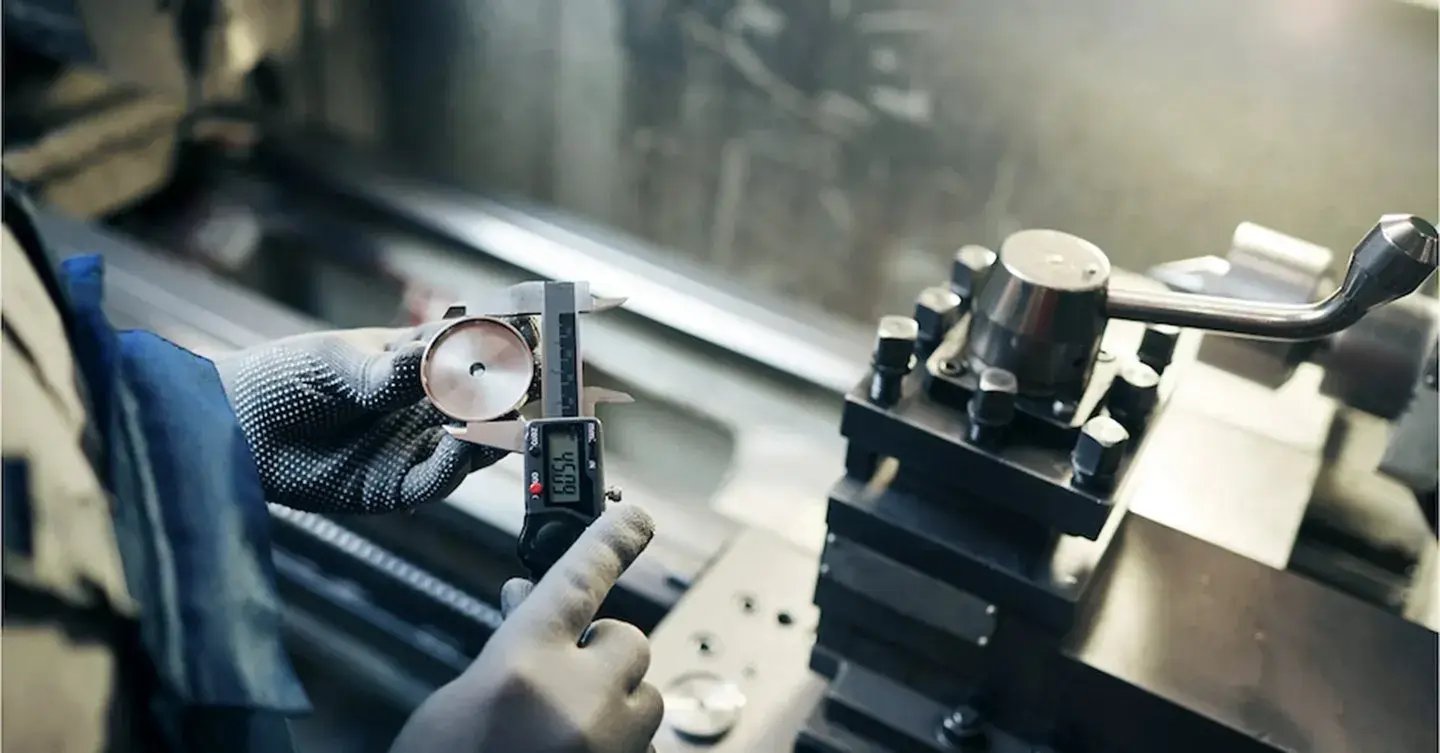
Standardized procedures - the foundation of lean.
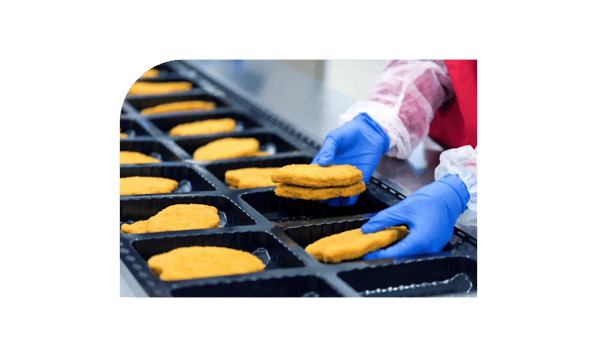
Align teams to drive productivity and confidence.
Prevent errors, downtime, and delays.
- Document key safety measures to avoid accidents.
- Facilitate knowledge transfer between team members.
- Make training new team members more efficient.
- Drive consistency and clarity.
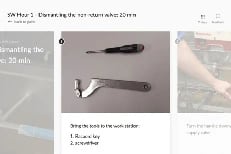
Simple.
Keep things simple - explain actions in steps and avoid information overload.
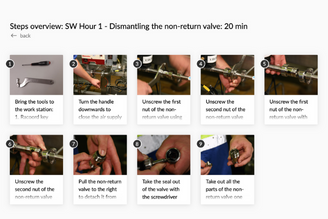
Visual.
Make use of clear visuals that illustrate the desired action in detail.
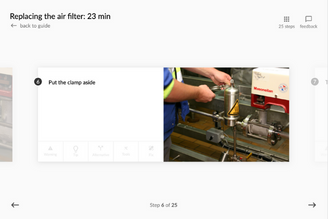
Understandable.
Avoid jargon and stick to terms that everyone understands.
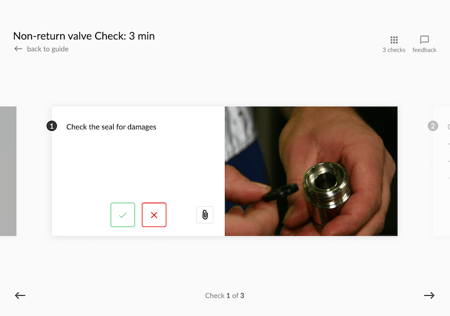
Action-oriented.
Use active voice and action-oriented language.
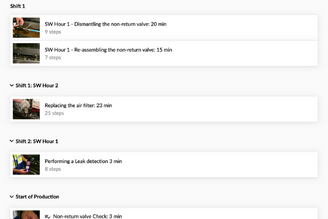
Consistent.
Keep your instructions consistent and don’t leave critical info for later.
“Using SOPs that are easy to use both for the operators and editors is helping us save valuable production time.”
Joakim, Factory Project Manager at Orkla Foods in Norway
1/2
“Teams that collaborate around standardization are essential for every lean and CI initiative.”
Jose, MPE at PepsiCo
2/2

Standardization doesn’t mean removing all joy and responsibility.
"Standardization of processes doesn’t mean removing all responsibility and joy in an operator’s job. If there isn’t a standard procedure in place, frontline teams are more stressed and misaligned and have to focus all their attention on the details of performing the task. With good standards in place, the attention of team members can be focused on coming up with improvement ideas on how to make the process increasingly better in the long term."
International Journal of Production Research. Deflorin, P., & Scherrer-Rathje, M. (2012). "Challenges in the transformation to lean production from different manufacturing-process choices"
Take your SOPs to the next level.
SCHEDULE YOUR DEMOGet to know us
SCHEDULE YOUR DEMOResources
-
1
How to empower your frontline with better instructional design. -
2
How to gain the edge in Industry 4.0 with smart manufacturing practices. -
3
How to make excellent digital work instructions. -
4
How to deliver continuous improvement at the frontline with Lean principles. -
5
How to capture, share, and improve expert knowledge with digital SOPs.

